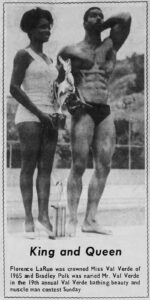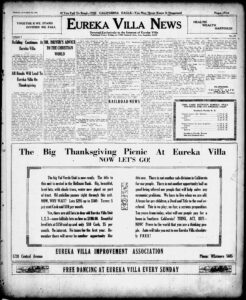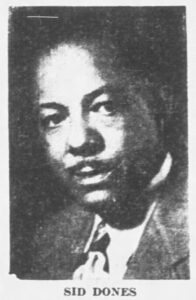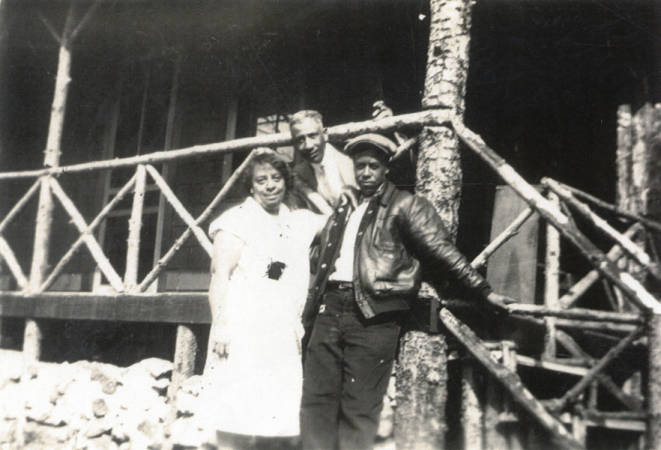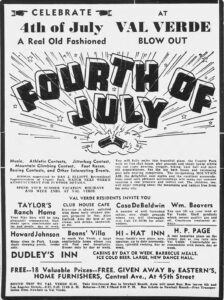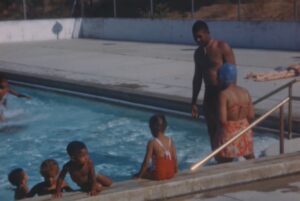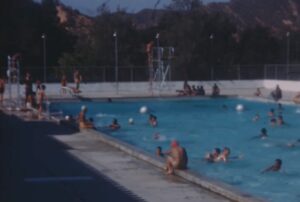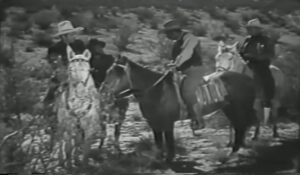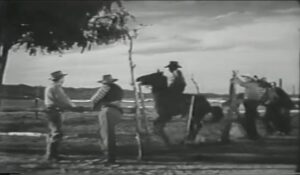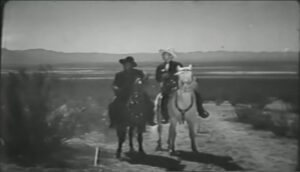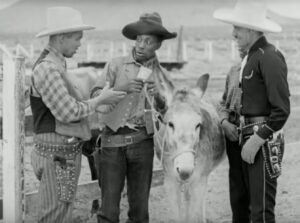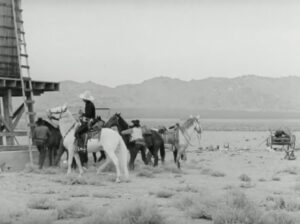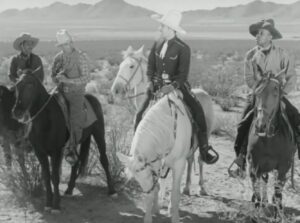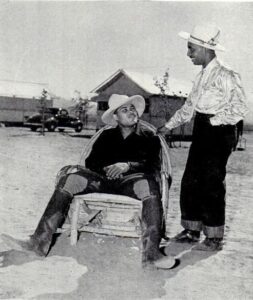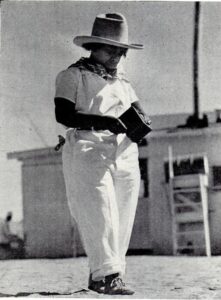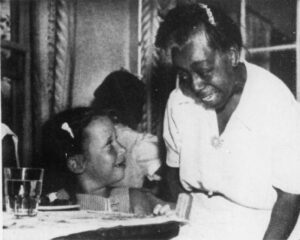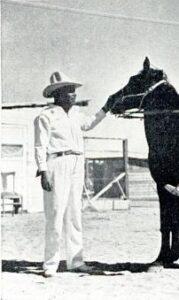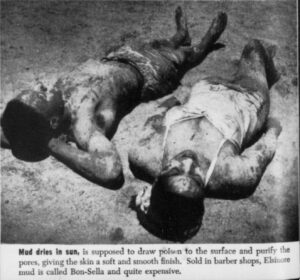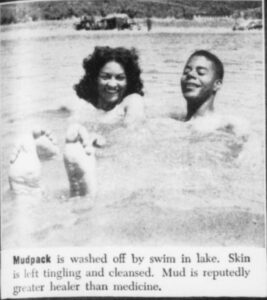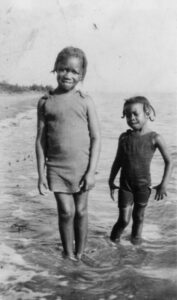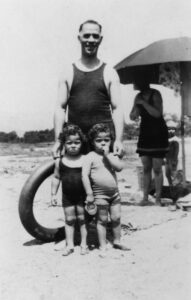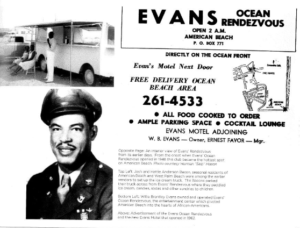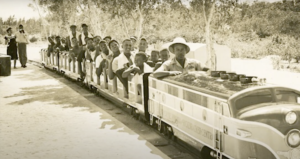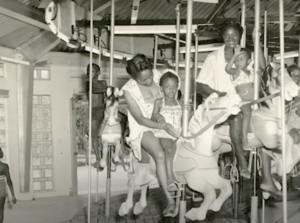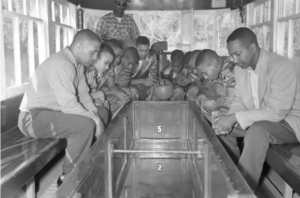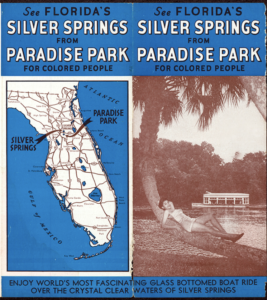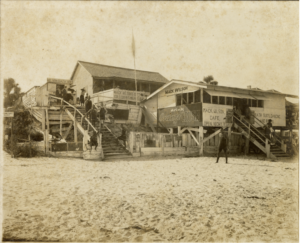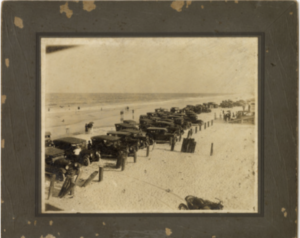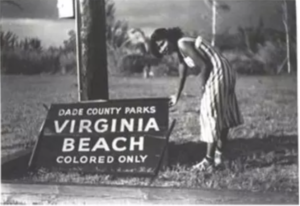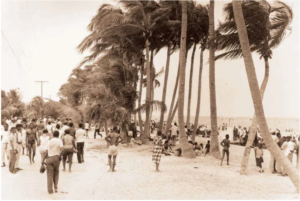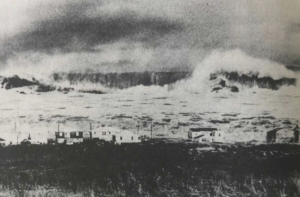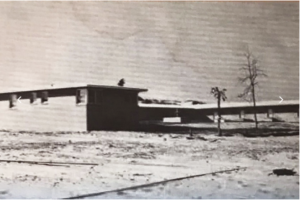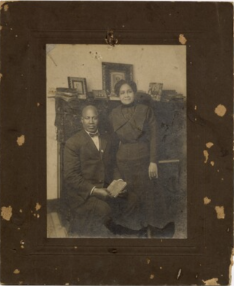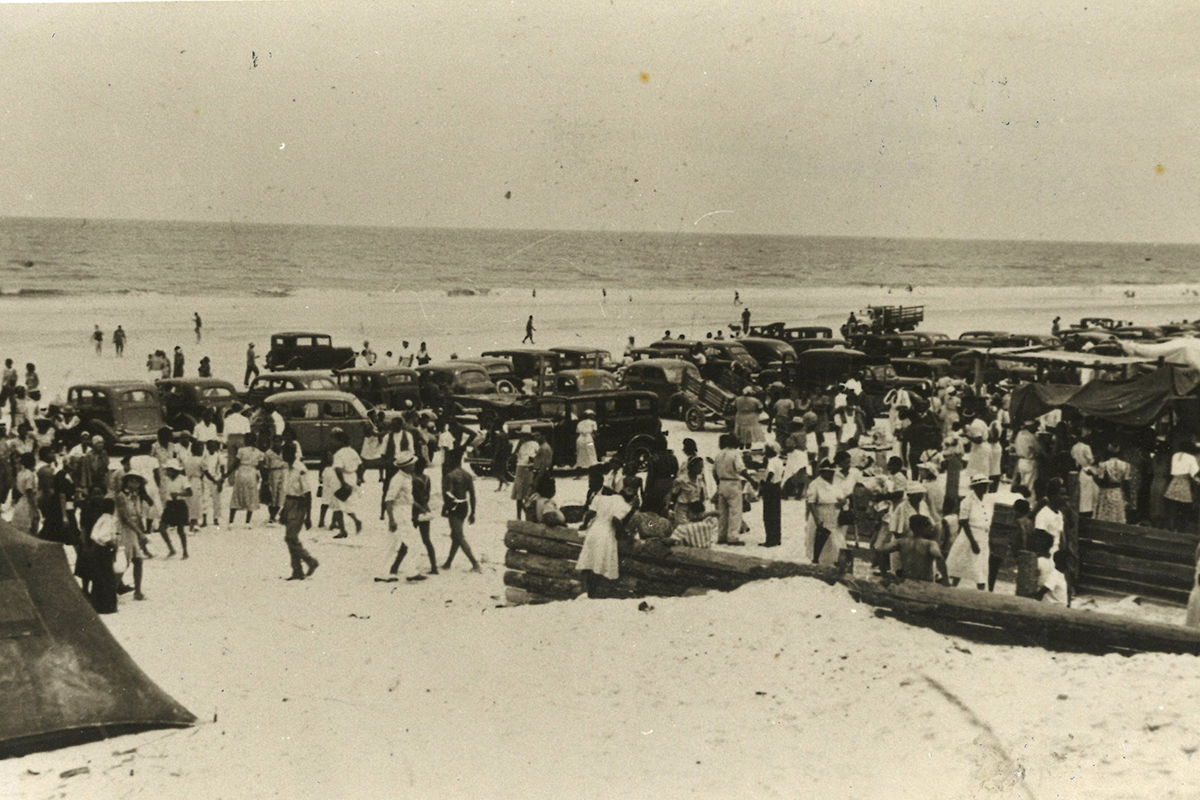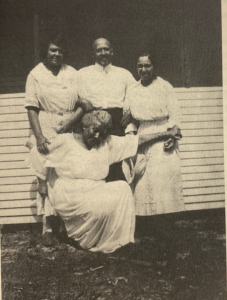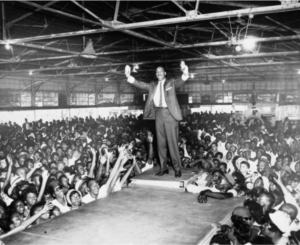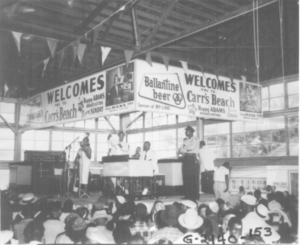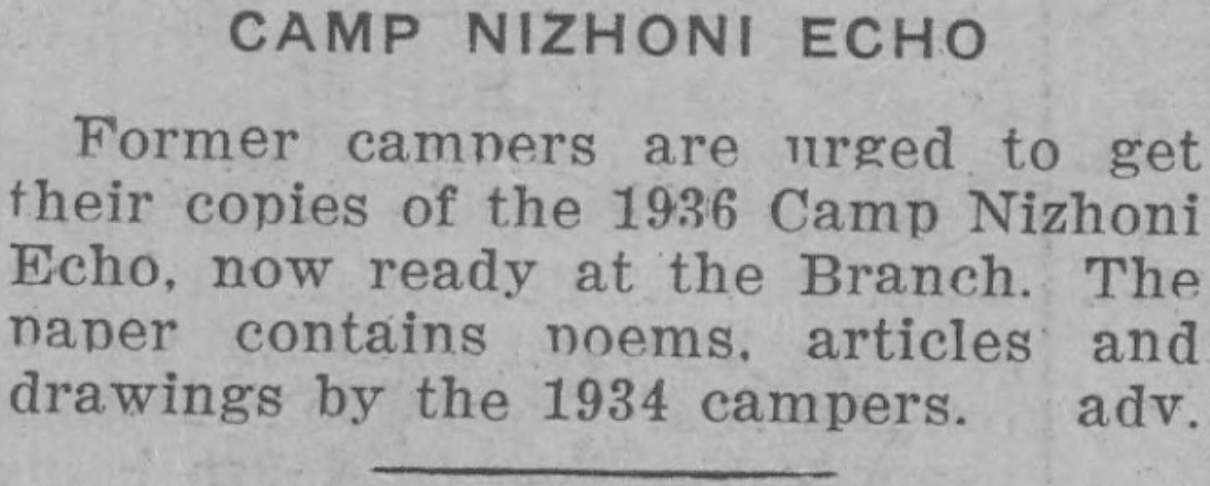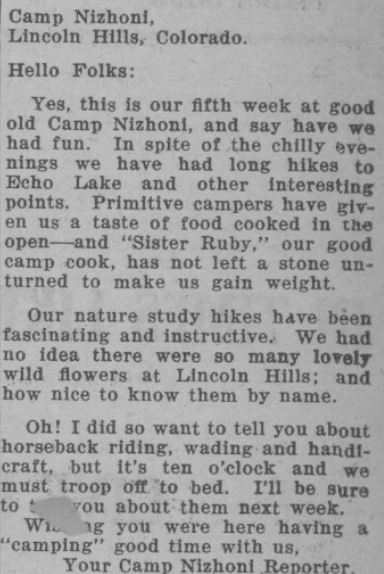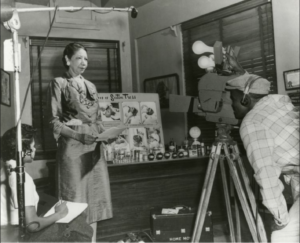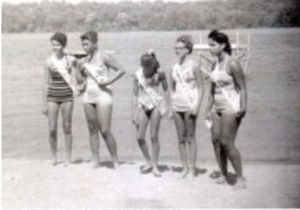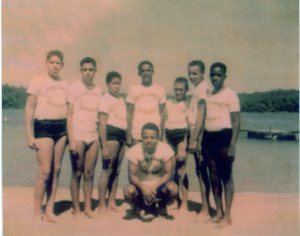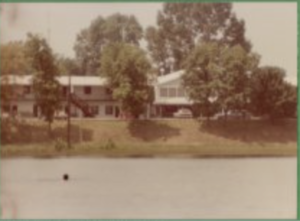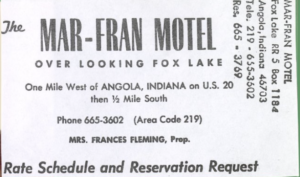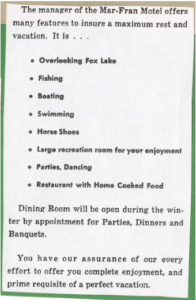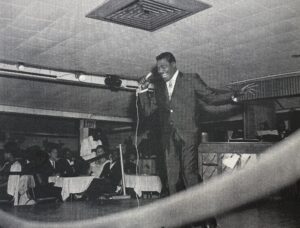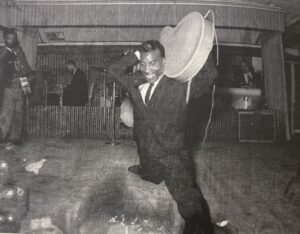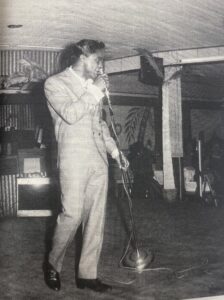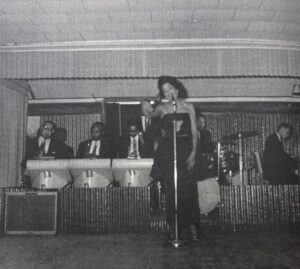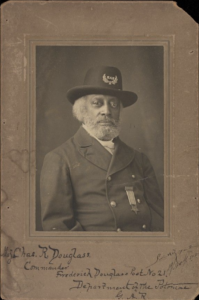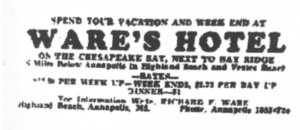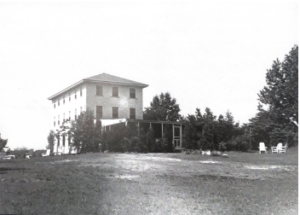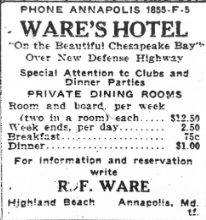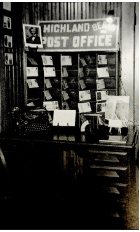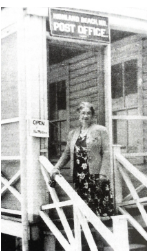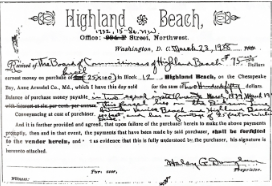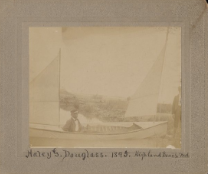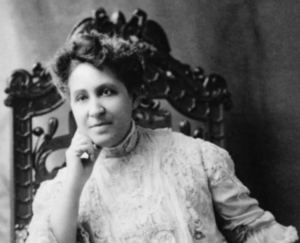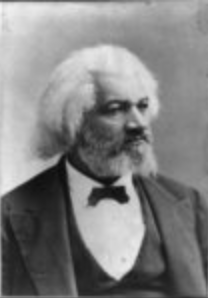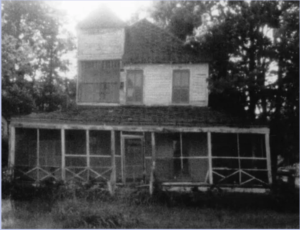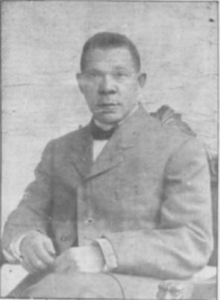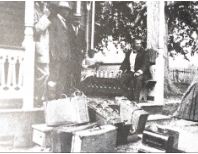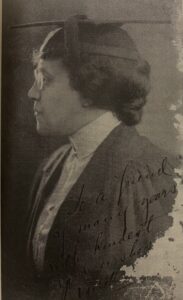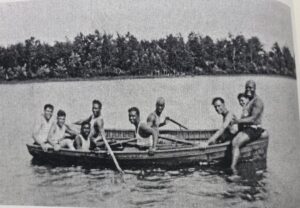Introduction
“Documenting Places of Resistance: Black Tourism and Leisure during the Jim Crow Era” is a narrative-based research project and part of the Interdisciplinary CoLab Internship at the University of Maryland, Baltimore County. This project originates from Dr. Elizabeth Patton’s archival research for a new book project, “Representation as a Form of Resistance: Documenting African American Spaces of Leisure during the Jim Crow Era.” This project is a travel guidebook that features mapped locations and archival sources such as photographs, home videos, and historical travel guides in order to portray what it was like to travel, vacation, and relax as Black individuals and families during the Jim Crow era. The travel guidebook features archival sources primarily from Duke University’s Rubenstein Rare Book & Manuscript Library, the New York Public Library Special Collections, Emory University’s Stuart A. Rose Manuscript, Archives, and Rare Book Library, and Temple University’s Special Collections.
Jim Crow was a period of racial segregation that lasted from the late 19th century until the 1960s. During this time, Black folks’ lives were dictated by both de facto and de jure segregation. Having to live a life based on deference, living as a Black person was difficult. During post-Civil War America, there was a brief period of time when segregation did not exist. After Plessy v. Ferguson was decided in 1896, segregation became part of America and part of American culture with the motto “separate but equal” that quickly spread. Black folks were not allowed to hold their existence in spaces that enforced laws, rules, regulations, and customs aimed to go against their humanity. Largely implemented around America in public facilities such as restaurants, parks, schools, gas stations, and hotels, Jim Crow was a way to maintain white supremacy to strip away individual freedoms and dignities of everyday life. Nonetheless, Black leisure continued to be practiced by Black folks, becoming a form of resistance against white supremacy and white America. While navigating this website, you will find places in the U.S. where Black folks practiced leisure. You will be able to actively follow this website as a map and travel guidebook to lead you through the history of Black leisure and tourism in the United States.


The guide map will feature specific locations that hold importance in Black history, as they were some of the few places that Black people were able to travel and inhabit safely. Unfortunately, the right to leisure was another aspect of life that was under attack by white supremacy through lynching, attacking and other forms of racial violence against Black families. This did not stop travelers. Instead, Black individuals continued to resist. Guides such as The Negro Travelers’ Green Book were created in the mid-1900s for “ASSURED PROTECTION OF THE NEGRO TRAVELER” by providing safe places of leisure that Black travelers could visit.1 Although the list did not include every single safe location, the guide was an improvement from when people “had to depend on word of mouth” or unexpectedly discovered places where accommodations were refused due to systemic racism. As they said back then, “carry your GREEN BOOK with you… you may need it,” and now, we hope to share the importance of this history in a unique way.1
Understanding Black history is as important now as it was in the 30’s to 60’s; however, it is not a surprise that this historical information is difficult to access, as it is often left out of American history. In addition to written archival material such as travel guides, photographs can be a great source of historical knowledge that has preserved and given power to the reality of Black life. Photography became a way for Black people to see themselves “represented in [their] images not as caricatures, cartoonlike figures,” but rather in their “full diversity of body, being, and expression, multidimensional.”2 The photos that Black folks captured allowed for the freedom of expression without the “limits of the colonizing eye,” creating a form of resistance to misrepresentation and white supremacy.2 These visual representations of natural life and leisure empowered Black folks to document and share “recuperative, redemptive memory” within the community to develop their own histories.2 In addition to empowering Black folks themselves, these photographs allow us to see and understand Black life and Black history outside of the racist monolith imposed by white supremacy.

Finding archives, researching locations, and mapping select areas will assist others in learning about the importance of travel, leisure, and relaxation for Black folks living under Jim Crow by providing a collection of resources that are not readily available to everyone. We wanted to create an accessible, interactive website that could take others on a historical journey through many states, digitally, as many families experienced in the past. By publishing this website, we hope to reach an audience in or outside of the locations and educate them on leisure experiences during the Jim Crow Era. Sharing this form of Black history will allow individuals to understand the struggles and triumphs of the past and hopefully positively impact the way others think about and plan for the future.
1 Victor H Green, The Negro Travelers’ Green Book: Fall 1956: The Guide for Travel & Vacations (New York, NY: Victor H. Green & Co, 1956).
2 bell hooks, “In Our Glory: Photography and Black Life,” essay, in Art on My Mind: Visual Politics (New York: The New Press, 1998), 54–64.
List of Images
- Jim Crow: Print shows African American man in tattered clothes walking or dancing as a couple of animals dressed as humans stroll alongside a river with a steamboat and sailboat. https://www.loc.gov/item/2004669584/
- The Negro Travelers’ Green Book: The cover of the Fall 1956 Green Book features a green drawing of two people driving in a car along a beautiful landscape. https://digitalcollections.nypl.org/items/9c454830-83b9-0132-d56a-58d385a7b928
- African American Woman on the Beach: African American Woman with a wave crashing over her on Chicken Bone Beach, black and white. https://digital.library.temple.edu/digital/collection/p15037coll17/id/971/rec/5

